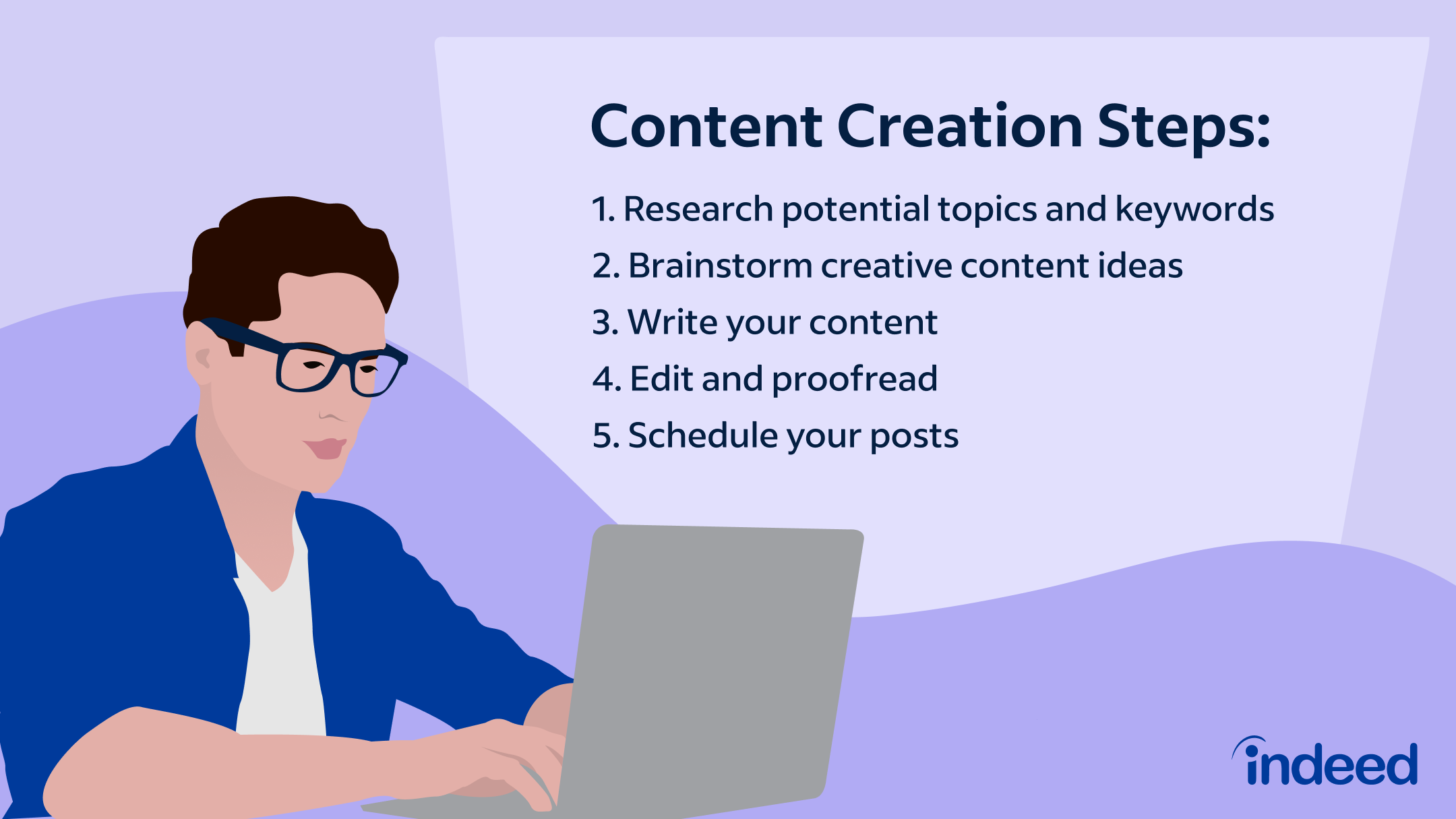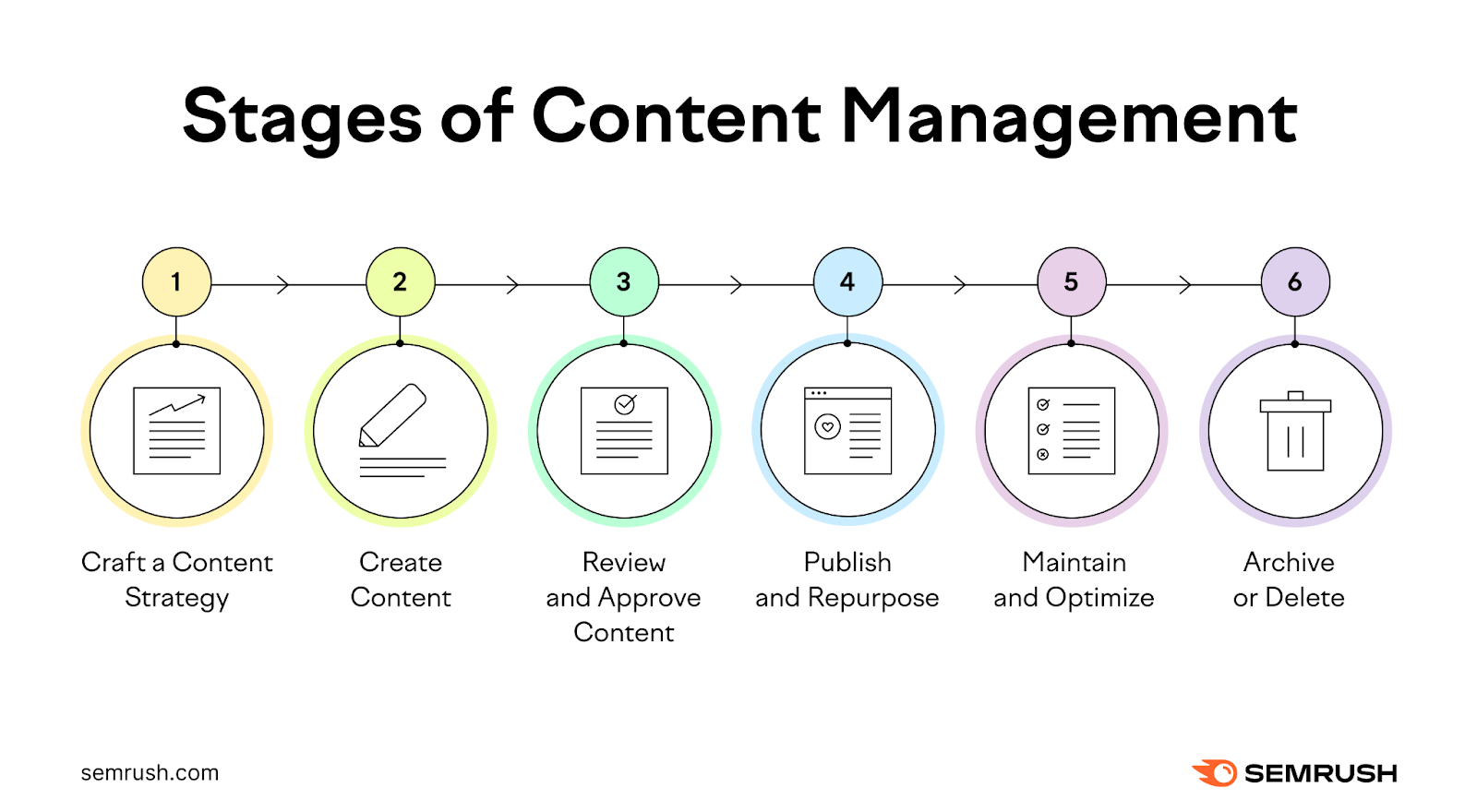A "digital marketing assistant" content would typically cover topics like managing social media accounts, scheduling posts, creating email marketing campaigns, conducting market research, analyzing website data analytics, optimizing SEO on webpages, assisting with paid advertising campaigns, creating basic graphic design elements, managing content calendars, and staying updated on digital marketing trends, all with a focus on supporting a larger marketing team's efforts.
Content creation and Management is a fundamental aspect of digital marketing that involves producing and organizing various types of content for online platforms to engage audiences and achieve marketing goal.
1. Written Content: Blog posts, articles, website copy, social media posts, email newsletter, & more.
2. Visual content: Images, infographics, video content, GIFs, & other multimedia that grab attention & convey messages.
3. Audio Content: Podcasts, voiceovers, or soundtracks for videos or ads.
4. Interactive Content: Quizzes, polls, surveys, & interactive infographics designed to engage users.
The aim of content creation is to provide value to the audience, build brand awareness, foster relationships, & guide them through the market funnel, from awareness to conversion.
Content Management is the ongoing process of organizing, storing, & distributing the content across different platforms to ensure it's accessible up to-date, & optimized for performance. It involves tasks like scheduling posts, managing content libraries, updating content website content, analyzing content performance, & ensuring consistency in messaging across channels. Tools like content management systems (CMS) often assist in this process.
Content management refers to organizing, publishing, & maintaining content across various platforms to ensure it is up-to-date, relevant, & consistent with the brand's messaging. It involves:
1. Content Strategy: Planning what type of content will be created, how it aligns with the business's goals, & where it will be published (e.g., social media, blogs, websites).
2. Editorial Calendar: Scheduling content to be published at the right times to maximize engagement & reach.
3. Content Distribution: Managing how and where content is shared, whether through email, social media platforms, or websites.
4. Content Optimization: Ensuring that content is SEO-friendly, using the right keywords, & formatted for maximum reach & engagement.
In-short content creation is about developing high-quality materials, & content management ensures that those materials are effectively used & maintained over time. Both are essential for sustaining a brand's digital presence & driving results.


Comments
Post a Comment